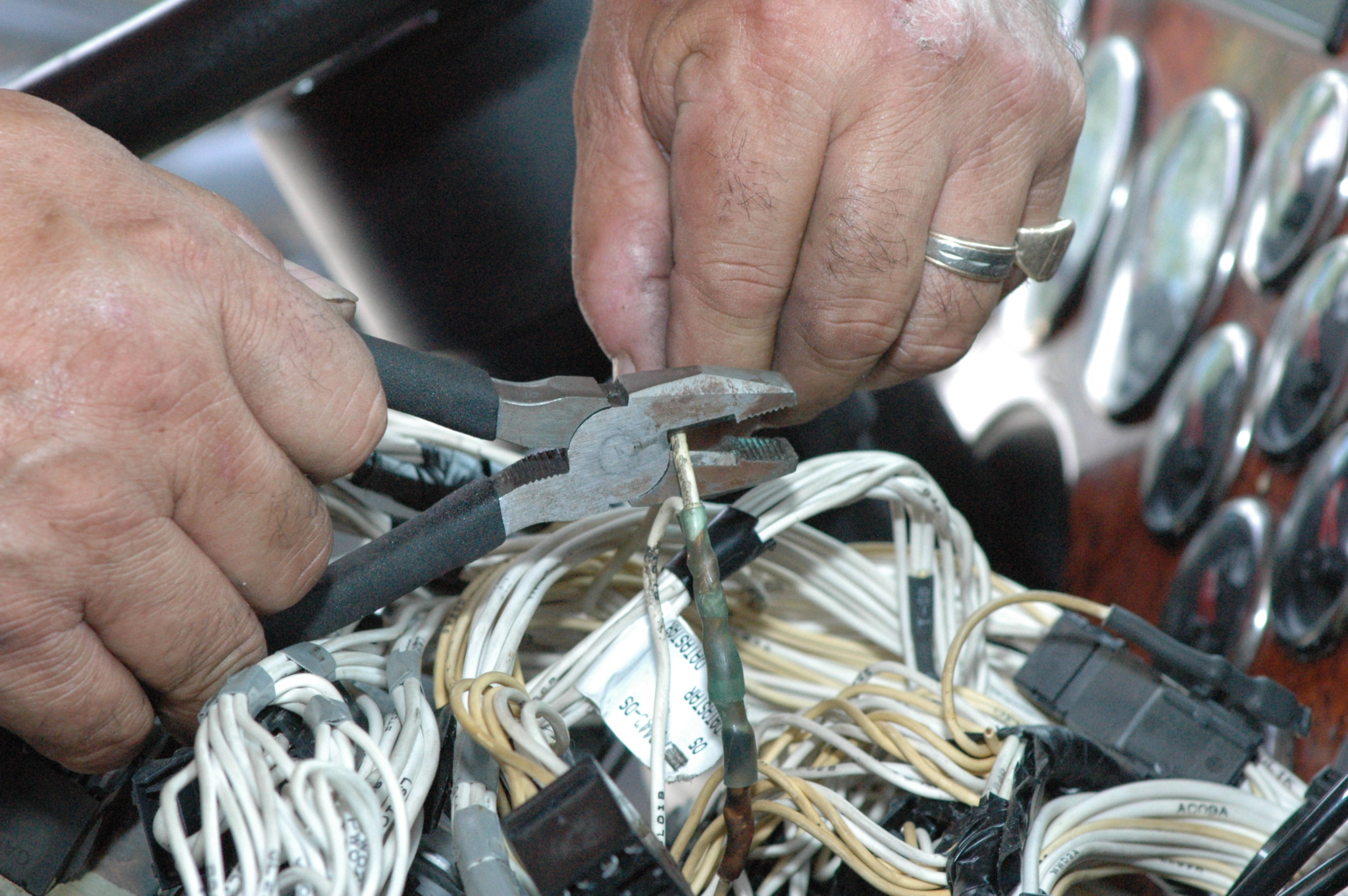Leading Tips for Effective Electric System Troubleshooting
Troubleshooting electric systems needs a systematic approach, grounded in a comprehensive understanding of electrical concepts and security protocols. The subtleties of efficient repairing extend past simple technological expertise; comprehending exactly how to document findings and prioritize security can considerably influence outcomes.
Understand the Essentials
Recognizing the fundamentals of electrical systems is vital for reliable troubleshooting, as a strong foundation enables service technicians to detect and fix issues more successfully. A detailed grasp of electric principles, such as voltage, present, resistance, and power, is important in identifying the origin triggers of problems. Voltage is the electrical possible difference that drives existing with a circuit, while resistance opposes the flow of present, affecting the total capability of the system.
Knowledge with circuit components, including resistors, capacitors, diodes, and changes, is also vital. Each component plays an unique role in circuit habits and can affect performance when malfunctioning. Additionally, understanding collection and parallel circuit setups is essential, as these setups influence the circulation of voltage and current within the system.
Technicians should be conscious of prospective threats, such as shock and brief circuits, to implement safe troubleshooting techniques. By mastering these foundational concepts, specialists improve their capacity to perform reliable diagnostics and fixings, inevitably leading to boosted efficiency and reliability of electrical systems (electrical system troubleshooting).
Gather Necessary Tools
Reliable troubleshooting of electrical systems requires the right set of devices to diagnose and resolve concerns precisely. Crucial tools include a multimeter, which determines voltage, current, and resistance, permitting for exact assessments of electric elements.
Additionally, protected hand tools such as screwdrivers, pliers, and cord strippers are crucial for securely adjusting electrical links. It is likewise advisable to have a circuit tester handy to verify the existence of voltage in outlets and wires. For even more complex systems, a thermal imaging electronic camera can help spot overheating elements, showing possible failures.

Follow a Systematic Approach
Having actually collected the proper devices, the next action in repairing electrical systems is to comply with a systematic approach. A systematic approach makes sure that service technicians can identify faults effectively and accurately, lessening downtime and stopping unnecessary repairs.
Begin by assessing the system's schematic diagrams and specifications. Recognizing the layout and functional specifications will provide context for identifying issues. Next off, isolate the issue area by using a process of removal. This includes checking each part systematically, beginning with the power resource and working in the direction of the load.
Use testing tools, such as multimeters and oscilloscopes, to collect objective information concerning voltage, present, and resistance at different factors within the system. This empirical proof will direct your troubleshooting initiatives and assist to verify or remove possible sources of failure.
Additionally, take into consideration environmental factors that might affect the system's performance, such as temperature level fluctuations or moisture access. A comprehensive evaluation of wiring, links, and components will certainly guarantee that all opportunities are accounted for.
Paper Your Findings
Detailed documents is vital in the troubleshooting process of electric systems. Accurate records boost the efficiency of recognizing repeating problems and facilitate communication amongst team members. Each searching for needs to be carefully noted, including signs observed, examinations conducted, and the results of those examinations. electrical system troubleshooting. This method not only aids in recognizing the origin of the problem however additionally serves as a reference for future fixing initiatives.

Furthermore, preserving a log of parts changed or repair work this page performed is important. This details sustains inventory monitoring and can assist evaluate the long life and dependability of details elements.
Ultimately, the documents process must be thorough yet succinct, allowing very easy access and review - electrical system troubleshooting. By focusing on comprehensive documentation, technicians can develop an important expertise base that not only aids in present troubleshooting but likewise empowers future upkeep efforts, consequently improving general system reliability

Prioritize Precaution
Acknowledging the fundamental threats related to electric systems is crucial for making certain safety throughout troubleshooting. Electric shock, burns, and equipment damages are just a few of the prospective threats that specialists encounter. Focusing on safety procedures is not just a legal obligation however additionally an ethical vital that safeguards both the professional and the surrounding environment.
Before beginning any kind of troubleshooting task, technicians ought to put on suitable personal protective tools (PPE), consisting of protected handwear covers, safety and security glasses, and flame-resistant apparel. Making sure that the workspace is dry and devoid of clutter can dramatically lower the threat of accidents. It is crucial to de-energize circuits prior to starting any kind of job, validating that they are not live with the use of a multimeter or voltage tester.
Establishing clear communication protocols with staff member is additionally important; this makes sure that everybody recognizes prospective risks and the status of the electric system being functioned on. Finally, having an emergency response plan in area can prove very useful in the event of an occurrence. By focusing on security steps, specialists can effectively reduce dangers and foster a much safer workplace.
Verdict
Reliable electric system repairing counts on a thorough understanding of essential concepts and a systematic approach. By collecting essential tools, adhering to organized examination strategies, and meticulously recording findings, the troubleshooting process comes to be more effective and trusted. Click This Link Prioritizing precaution ensures the health of individuals involved and the honesty of the electrical system. Carrying out these strategies will boost the repairing experience, leading to quicker resolutions and enhanced operational efficiency in electrical systems.